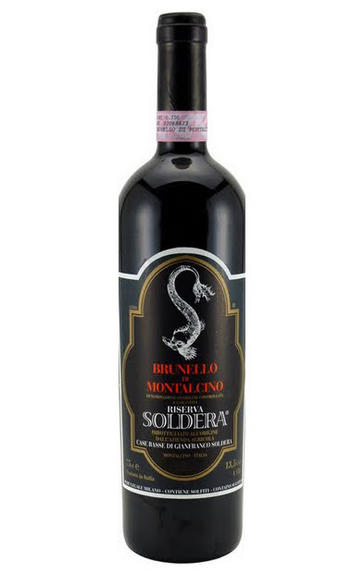
2005 Brunello di Montalcino, Riserva, Soldera Case Basse, Tuscany, Italy
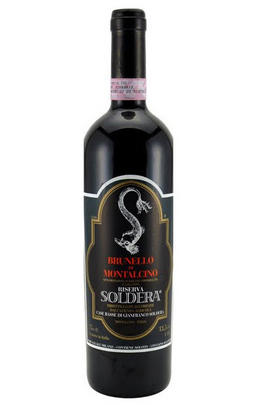
About this WINE
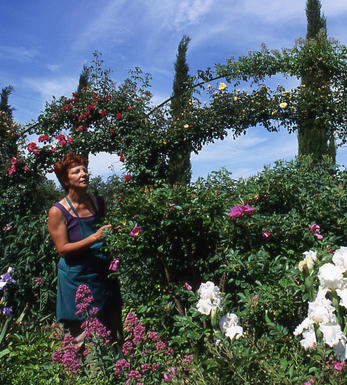
Case Basse di Gianfranco Soldera
The indefatigable Gianfranco Soldera, a former insurance broker from Treviso, bought the 24 ha Casse Basse property in 1972, of which approx. 12 ha is planted to vines.
The Casse Basse Soldera estate lies at 320 metres on the south-western wing of the Montalcino commune. Along with his wife Graziella and daughter Monica, he has sought to create an oasis of diversity through 7 ha of woodland, a rose garden, an orchard of 200 crab apple trees and a pond. This theme is reiterated through the vineyard, employing techniques that respect the integrity of the ancient friable schistous soils.
The winery, deep underground, is built in such a way (ala Dominus) so as to facilitate natural air circulation while encouraging a consistent relative humidity of 85%. Since the 1980s, month-long fermentations, of free-run juice only, have been conducted in large old slavonian oak vats without temperature control.
Central to his search for vinous perfection is the belief that 'time is the most important element if one's to make the best'. Consequently, 'affinamento'/elevage takes place in large 25hl old slavonian botte for up to 6 years. His wines represent among the purest and most ethereal expressions of Brunello di Montalcino.
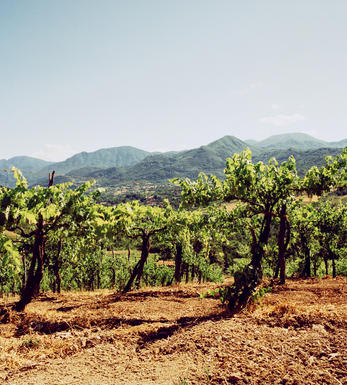
Brunello di Montalcino
Along with Chianti, Brunello di Montalcino is Tuscany's most famous DOCG and the region's boldest expression of Sangiovese. Located 30 miles south of Siena with the hilltop town of Montalcino as its epicentre, its 2,000 hectares of vines are naturally delimited by the Orcia, Asso and Ombrone valleys. Brunello is the local name for the Sangiovese Grosso clone from which Brunello di Montalcino should be made in purezza (ie 100 percent).
The Brunello di Montalcino DOCG has a whale-like shape: at its head, at 661 metres above sea level on ancient, stony galestro soils facing east and southeast lies the town of Montalcino, where the DOC was founded. As you follow the spine south towards the tail, the vineyards lose altitude – those around Colle Sant'Angelo are at 250 metres – while the soils become richer with iron and clay. Further east, in the shadow of the 1,734 metre Mont'Amiata lies the village of Castelnuovo dell'Abate where the vineyards are strewn with a rich mix of galestro, granitic, volcanic, clay and schist soil types.
Historically, the zone is one of Tuscany's youngest. First praised in 1550 by Leandro Alberti for the quality of its wines, it was Tenuta Il Greppo who bottled the inaugural Brunello di Montalcino in 1888. By 1929, the region had 925 hectares of vines and 1,243 hectares of mixed crops, while in 1932 it was decreed that only those wines made and bottled within the commune could be labelled as Brunello di Montalcino. Since then, the number of producers has risen from 11 in 1960 to 230 in 2006, while over the same period the vineyards have expanded from 1,000 hectares to 12,000. The region earned its DOC in 1966, and was upgraded to DOCG in 1980.
Brunello di Montalcino cannot be released for sale until five years after the harvest, or six years in the case of Brunello di Montalcino Riserva. During this time the wines should be aged for at least two years in oak, followed by at least four months in bottle (six months for Riservas); maximum yields are 55 hl/ha.
Rosso di Montalcino is declassified Brunello di Montalcino, released for sale 18 months after the harvest.
Recommended producers: Costanti, Fuligni, Lisini, San Giuseppe, Soldera, Cerbaiona
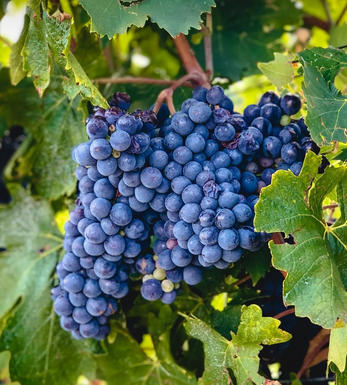
Sangiovese
A black grape widely grown in Central Italy and the main component of Chianti and Vino Nobile di Montepulciano as well as being the sole permitted grape for the famed Brunello di Montalcino.
It is a high yielding, late ripening grape that performs best on well-drained calcareous soils on south-facing hillsides. For years it was blighted by poor clonal selection and massive overcropping - however since the 1980s the quality of Sangiovese-based wines has rocketed upwards and they are now some of the most sought after in the world.
It produces wines with pronounced tannins and acidity, though not always with great depth of colour, and its character can vary from farmyard/leather nuances through to essence of red cherries and plums. In the 1960s the advent of Super Tuscans saw bottlings of 100% Sangiovese wines, as well as the introduction of Sangiovese/Cabernet Sauvignon blends, the most famous being Tignanello.


Buying options
Add to wishlist
Description
We are very happy about this wine. It is elegant, fine, balanced, complex, long on the taste and at the same time already drinkable and enjoyable; it is an inviting wine. About the grapes, the 2005 vintage has been a very good one, with fine weather and proper seasonal weather (some necessary rain showers in summer but nothing serious); a very good September which allowed a perfect maturation of the grapes until the end of September (generally speaking the best period for picking grapes here).
Harvest was at the end of September with very healthy and ripe grapes, quantity above our “normal” very low average production but it is always a very low yield here (around 15 hl/ha). Natural fermentation has been, I would say, “easy” and the evolution with ageing in our large, traditional botti has well developed the initial promise of the high quality of the fruit. We bottled the Brunello 2005 Riserva in March 2011 (11,000 bottles in total).
Gianfranco Soldera - winemaker
wine at a glance
Delivery and quality guarantee